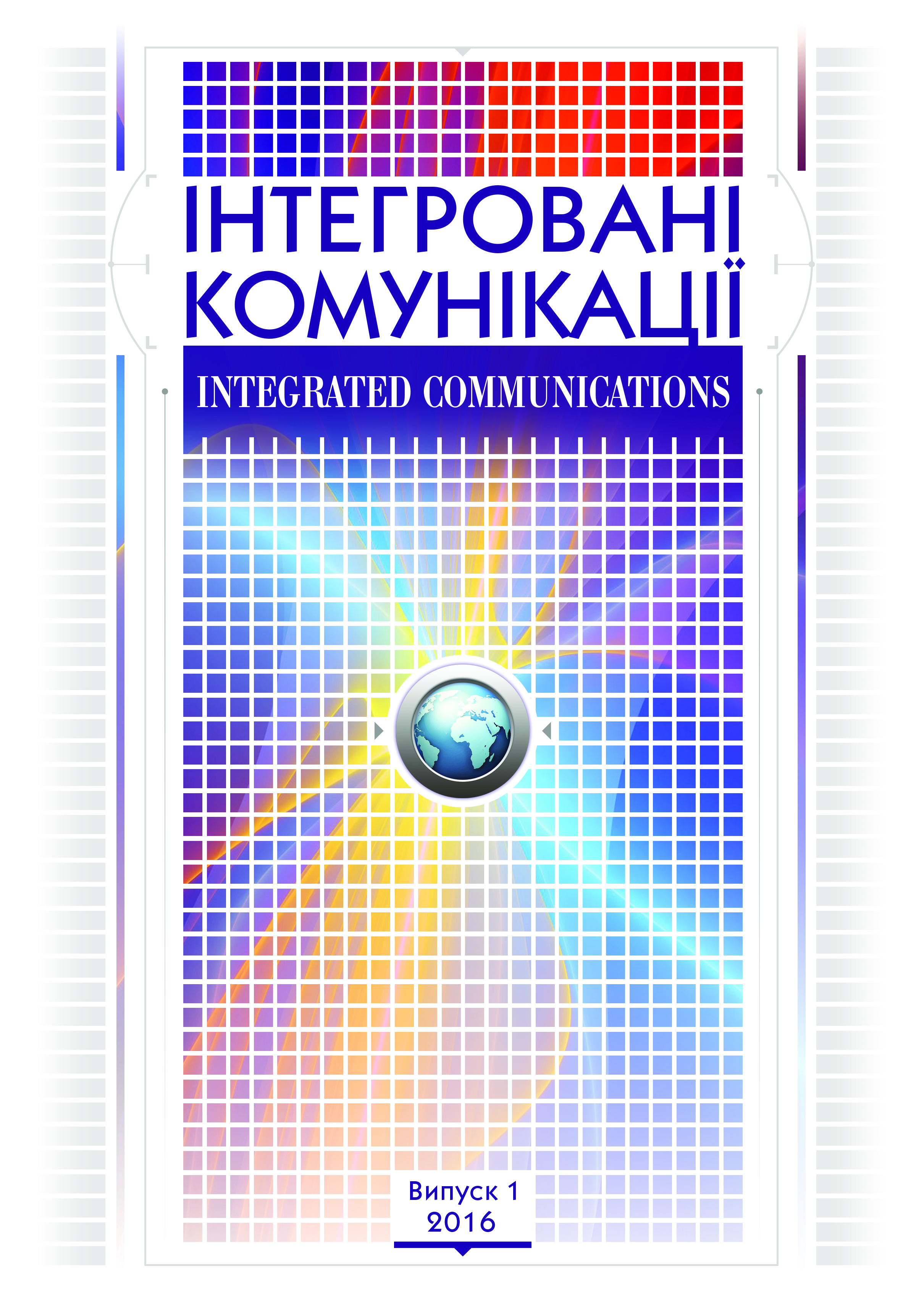Value approach to communication with the target audience through spiral dynamics
Abstract
In the field of public relations theory, the problem of determining the target audience, understanding the specifics of communications with certain segments of the public is relevant. The important issue for the theory of PR as a part of the theory of applied social communications is the question of effectiveness of the message, the relevance of its content and form to the expectations of target audience, which, in turn, decodes the information in accordance with its goals, worldview and values. In the theory and practice of public relations we can identify several basic approaches to the typology of public groups.
The analysis of works devoted to the theoretical and practical problems of formation and development of public relations shows that the following questions remain unanswered: 1) how information is perceived by the representatives of target audiences; 2) what can be the basis for the public typology in the value-oriented approach; 3) through what filters the messages pass in corporate communications.
The article deals with the peculiarities of value approach to communication with the target audience through spiral dynamics. It is considered the approaches to building corporate communication through spiral dynamics; it is explained that the paradigm of thinking, models of values are the certain filters through which the messages of the company are passing; the peculiarities of communication process for each type of recipients according to the theory of spiral dynamics are defined.
Using a value approach to segmentation of public organization, which is based on the theory of spiral dynamics, allows looking more comprehensively at the problem of efficiency of corporate communications. The communication of the company with its target audiences should be based on the Memes; the messages of the company should contain such models of values. Thus, the theory of spiral dynamics allows us to understand the problems of communication efficiency in the different spheres, including the field of public relations.
Downloads
References
Korolko, V. G. (2001), Principles of Public Relations, Refl-book, Moscow; Vakler, Kiev, 528 p.
Silver, N. (2015), The Signal and the Noise: Why So Many Predictions Fail – But Some Don’t, KoLibri; Azbuka-Attikus, Moscow, 608 p.
Pillay, S. (2014), Which Messages Go Viral and Which Ones Don’t, HBR [Harvard Business Review], available at: https://hbr.org/2014/04/which-messages-go-viral-and-which-ones-dont (accessed: June 13, 2013).
Krainikova, T. S. (2014), Culture of Media Consumption in Ukraine: From Consularism to Procymerism: a Monograph, Luksar, Boryspil, 371 p.
Beck, D. E. & Cowan, C.K. (2010), Spiral Dynamics. Managing Values, Leadership and Changes in the 21st Century, The Open World, Best Business Books, Moscow, 424 p.
Maslow, A. (1999), “A theory of human motivation”, Motivacija i Lichnost' [Motivation and Personality],Eurasia, St. Petersburg, pp. 77–105.
Pekar, V. A. (2015), Multicolored Management. Evolution of Thinking, Leadership and Management, Euroindex, Kiev, 184 p.
Inglehart, R. &Welzel, C. (2011), Modernization, Cultural Change and Democracy: The Human Development Sequence, Novoje izdatelstvo, Moscow, 464 p.
Shvarts, S. (2009), “Three approaches to measuring cultures”, Modernization of Economy and Globalization: in 3 Books, Izd. dom GU-VShJe, Moscow, Book 1, pp. 277–281.
Schwartz, S. H. (2008), Cultural Value Orientations: Nature and Implications of National Differences, Higher School of Economics Publishing House, State University, Moscow.
Rokeach, M. (1973), “The nature of human values”, Free Press, New York, pp. 120–121.




